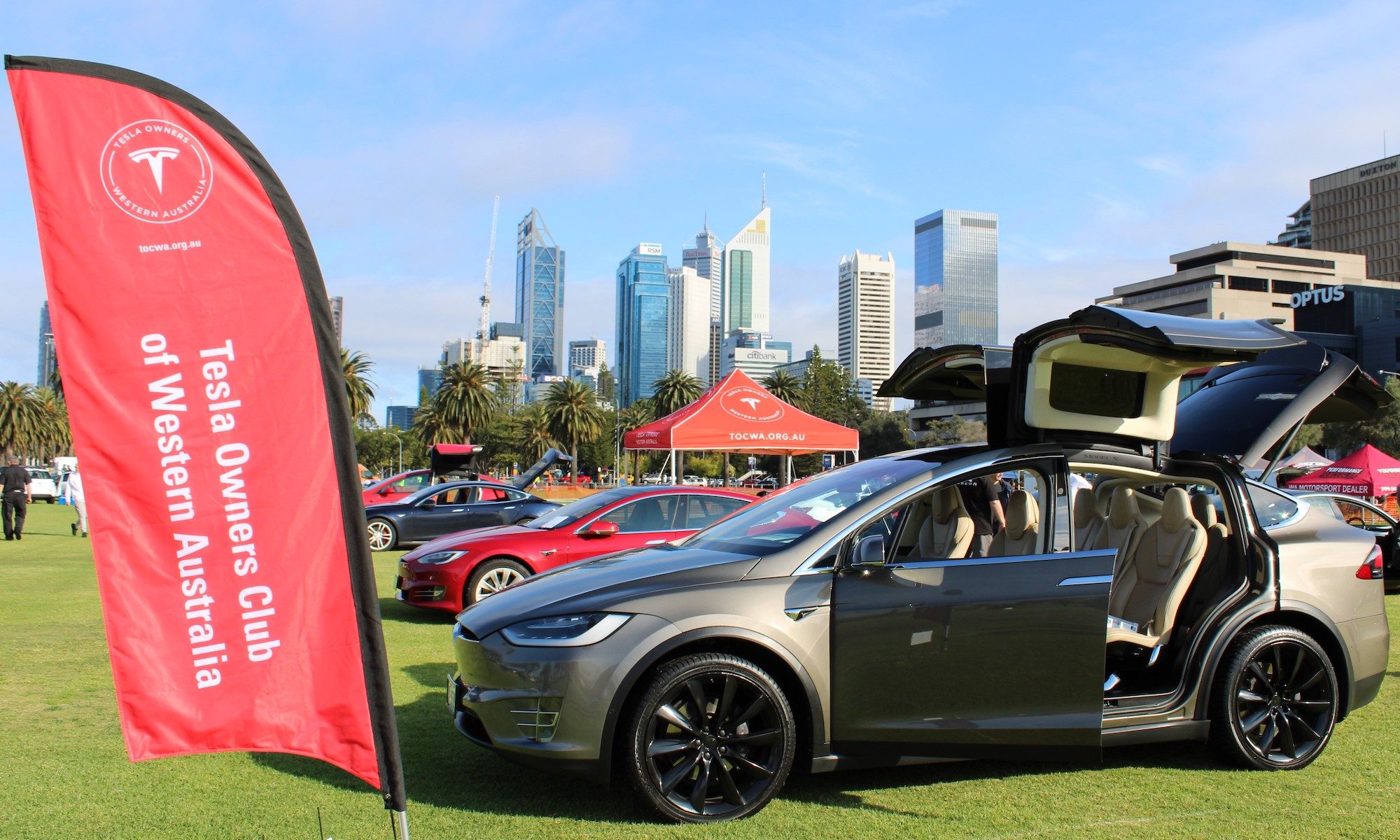The only way to correctly test energy efficiency is by having two similar cars driven on the same roads at the same time over a reasonable long distance.
This test was conducted using two almost identical 2023 White Model Y Performance vehicles built in the Shanghai factory within days of each other. Both had covered over 1,600kms in the first week of ownership. Both had aircons set to 22°C. Both had cold tyre pressures of 42psi. Both had two occupants. It is crucial to note that neither car used the Williams Supercharger to navigate to and thus battery preconditioning was NOT used to avoid contaminating the results. During the test, the cars were driven no closer than 60 metres at highway speeds with the biggest gap being approximately 400 metres. Each car drove the front position for half the journey.
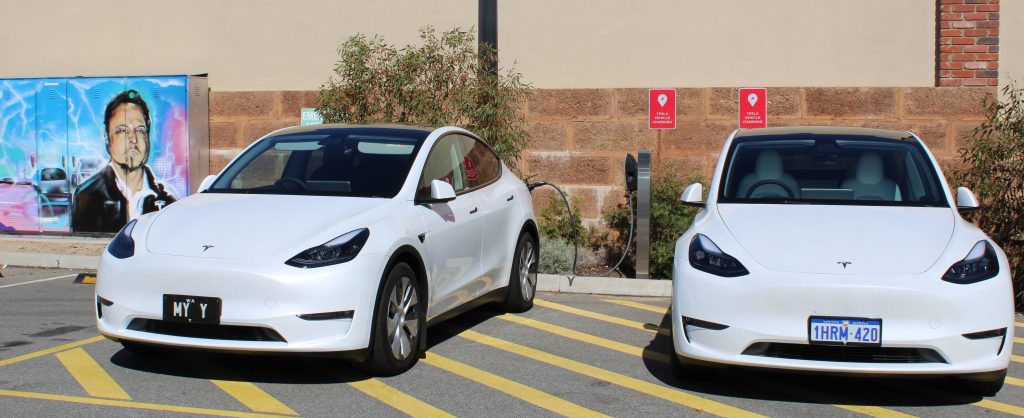
Cars were driven at the speed limit (max 110km/h) as much as possible with overtaking of slower traffic only conducted on designated overtaking lanes. Luckily traffic flow was generally good during the whole test.
To be clear, the test was conducted mostly on the Albany highway, a coarse road surface that’s consumes plenty of energy and is often used by Tesla drivers visiting the Great Southern.
Over the total 272km test (136kms south, 136kms north), the Performance model Y with factory fitted 21 inch Überturbines averaged 178Wh/km while the Performance model Y with the 19inch Gemini rims and hub caps (acquired from a new standard range model Y) averaged 158Wh/km, an improvement of 11%. That’s not a typo, that’s eleven percent with every other aspect of the two cars being identical.

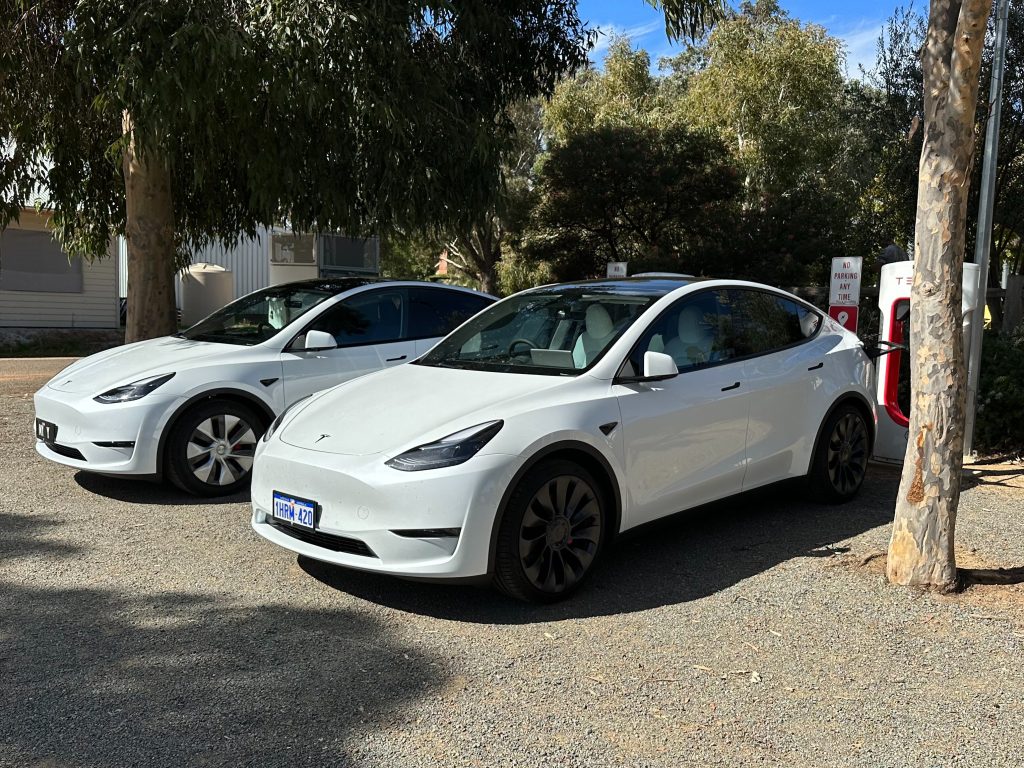
There’s two main factors that cause the difference in energy efficiency: The 21inch Überturbines have what could be described as “sticky” Pirelli tyres, great for putting down the power and torque of the dual electric motors under extremely hard driving, but energy hungry in general driving. The 21 inch wheel/tyre combo has less smooth tyre surface and more rough wheel surface on the outside of the car. The Gemini wheels have more smooth tyre surface and a fairly smooth hub cap so airflow at higher speeds is less interrupted. If you’re a City Slicker, the 21 inch Uberturbines are fine. If you plan on long distance driving away from reliable DC charging, the energy wasted may be an issue.
| Model Y Performance 21″ Überturbines | Model Y Performance 19″ Gemini | |
| Leg 1 31 km | 212Wh/km | 195Wh/km |
| Leg 2 105 km | 168Wh/km | 149Wh/km |
| Leg 3 105 km | 200Wh/km | 175Wh/km |
| Leg 4 31 km | 105Wh/km | 95Wh/km |
| Total 272km | 178Wh/km | 158Wh/km |
- Leg 1: Byford to Albany Hwy T junction. Moderately uphill, average speed 64 km/h
- Leg 2: T junction to Williams Woolshed Supercharger. Moderately downhill, average speed 97 km/h
- Leg 3: Return Williams Woolshed to T junction. Moderately uphill, average speed 102 km/h
- Leg 3: T junction to Byford. Moderately downhill, average speed 71 km/h
Conditions: dry 22°C to 29°C, light winds. Start time 9.30 am, finish 1.15 pm.
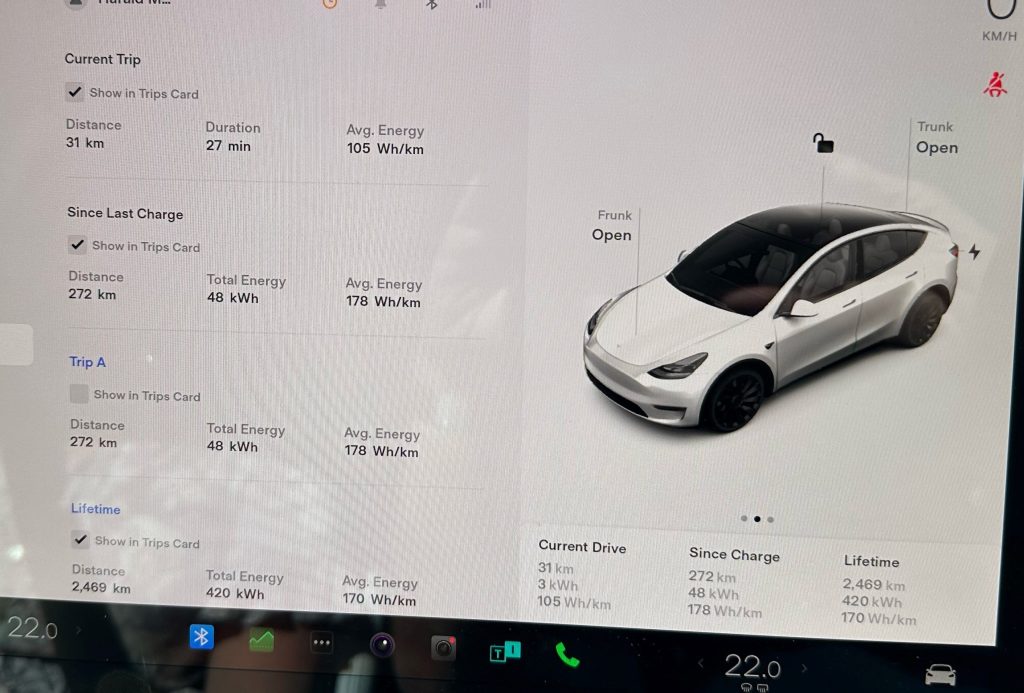
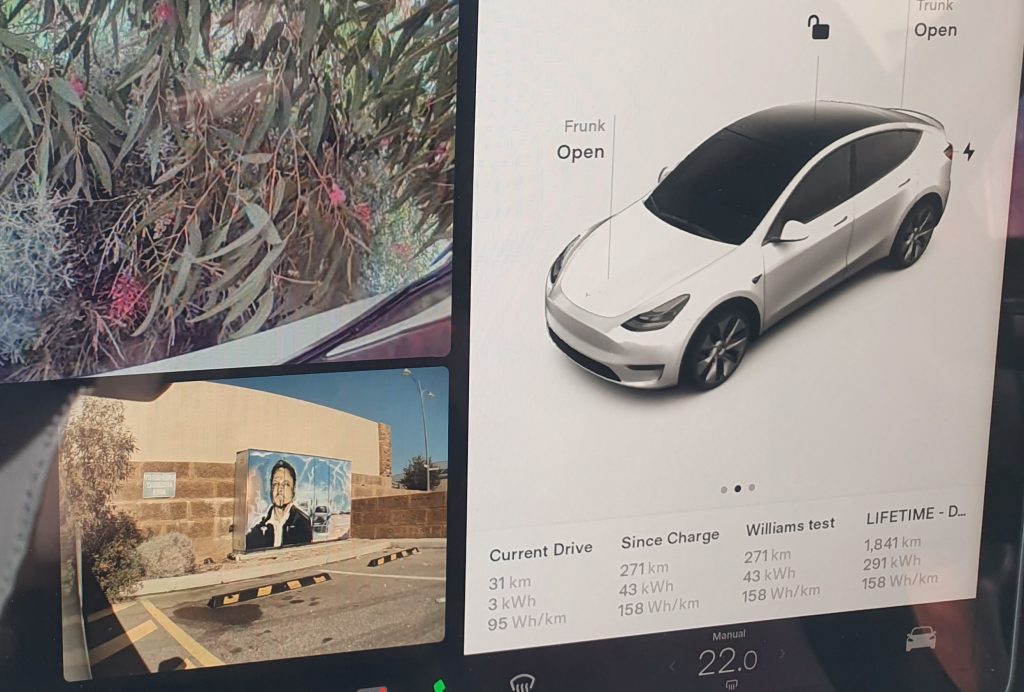
Überturbines (left photograph), Geminis (right photograph). Both “Since Charge” screens did not reset to zero as per normal after Supercharging???
This test was conducted by Harald Murphy and Rob Dean, two of the most experienced long distance drivers in Australia.
